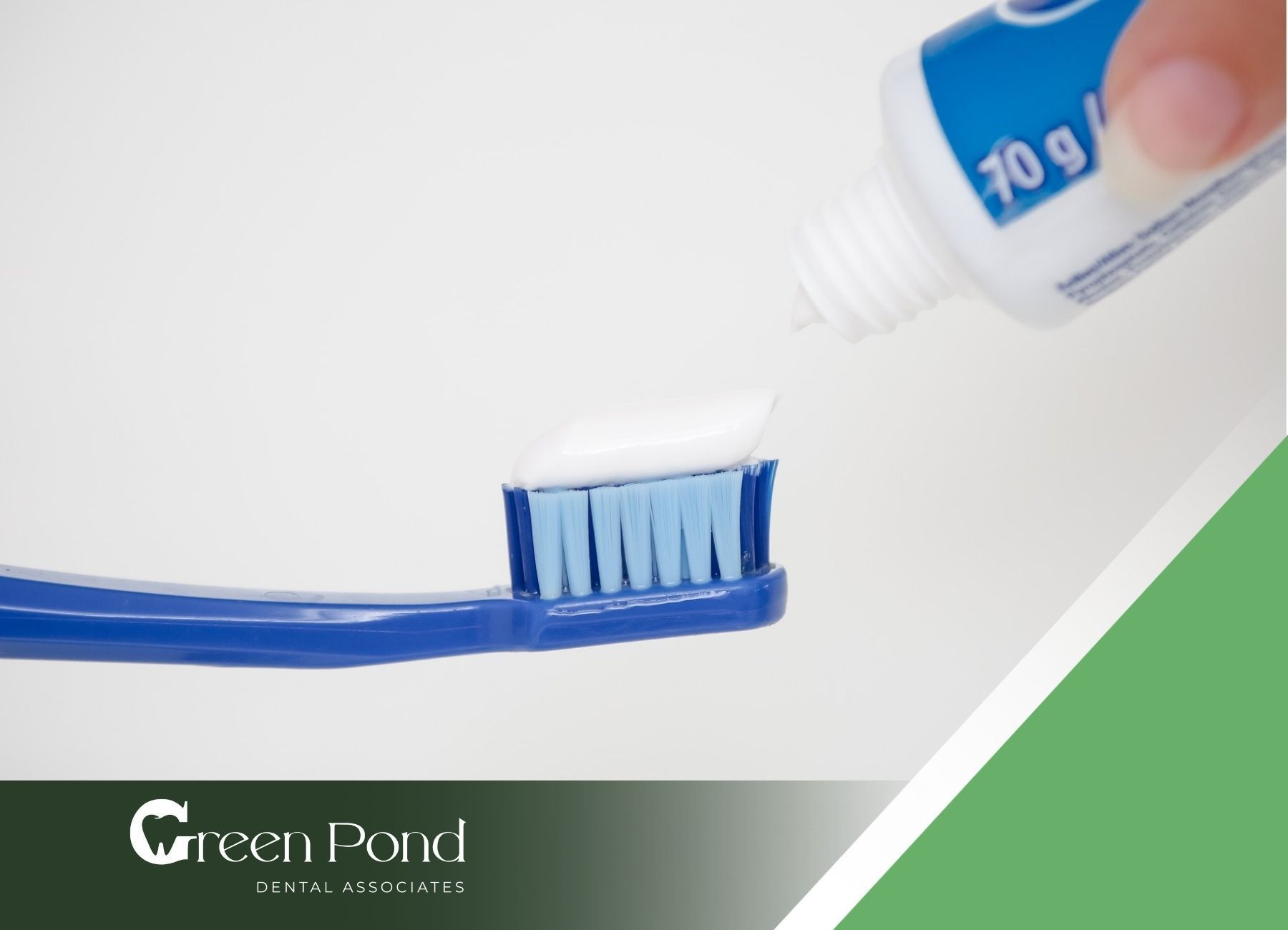Expert-Approved Methods to Fix Gum Pockets Safely
Gum pockets are spaces that form between the teeth and gums due to gum disease, particularly gingivitis and periodontitis. If left untreated, they can lead to tooth loss and other serious oral health issues. This article explores the causes, symptoms, treatments, and preventive measures for gum pockets, providing insights into both professional and at-home solutions.
Causes of Gum Pockets
Plaque and Tartar Accumulation
Plaque, a sticky film of bacteria, builds up on teeth and hardens into tartar if not removed. Tartar irritates the gums, causing inflammation and pocket formation.
Gum Disease (Gingivitis and Periodontitis)
- Gingivitis is the early stage of gum disease, characterized by gum redness and swelling.
- Periodontitis is an advanced stage where the gums pull away from the teeth, forming deeper pockets and resulting in potential bone and tissue loss.
Poor Oral Hygiene
Neglecting to brush and floss regularly allows bacteria to thrive, worsening gum health.
Smoking and Tobacco Use
Smoking impairs blood flow to the gums, reducing their ability to heal and making them more susceptible to disease.
Genetic Predisposition
A family history of gum disease can increase the risk of developing gum pockets.
Hormonal Changes
Hormonal fluctuations during pregnancy, menopause, or puberty can make gums more sensitive and prone to pocket formation.
Symptoms of Gum Pockets
- Persistent bad breath (halitosis)
- Bleeding gums during brushing or flossing
- Swollen, tender, or receding gums
- Teeth appearing longer due to gum recession
- Loose or shifting teeth
Non-Surgical Treatments for Gum Pockets
Scaling and Root Planing (Deep Cleaning)
This two-step process involves removing plaque and tartar from below the gumline (scaling) and smoothing the tooth roots (planing) to encourage gum reattachment.
Medications
- Antibiotic Gels and Chips: Inserted into gum pockets to reduce bacteria.
- Antiseptic Mouthwashes: Used to control bacterial growth.
- Enzyme Suppressors: Medications that slow the body’s destructive response to gum disease.
Laser Therapy
A minimally invasive technique to remove infected tissue and reduce pocket depth. Lasers also promote faster healing compared to traditional methods.
Ongoing Maintenance
Regular dental cleanings and checkups are essential for managing gum pockets and preventing their recurrence.
Surgical Treatments for Severe Gum Pockets
Pocket Reduction Surgery
Also known as flap surgery, this procedure involves folding back the gum tissue to remove bacteria and secure the gums tightly around the teeth.
Gum Grafting
For cases of severe gum recession, tissue from another part of the mouth (or synthetic material) is used to rebuild the gums and cover exposed roots.
Bone Grafting
This procedure helps regenerate lost bone around the teeth, particularly in advanced periodontitis cases.
Guided Tissue Regeneration
A specialized membrane is placed between the gum and bone to encourage new bone and tissue growth.
Preventing Gum Pockets
Daily Oral Hygiene
- Brush twice daily with fluoride toothpaste.
- Floss at least once a day to remove plaque between teeth.
Professional Dental Cleanings
Regular cleanings help remove tartar and prevent gum disease.
Quit Smoking
Eliminating tobacco use can significantly reduce the risk of gum disease.
Healthy Diet
Consume foods rich in vitamins and minerals, such as leafy greens, citrus fruits, and lean proteins, to support gum health.
Use an Antimicrobial Mouthwash
Mouthwash helps reduce bacteria and maintain overall oral hygiene.
Natural Remedies for Gum Health
Oil Pulling
Swishing coconut or sesame oil in the mouth can help reduce bacteria and inflammation.
Turmeric Paste
Apply a mixture of turmeric and water to the gums for its anti-inflammatory benefits.
Green Tea Consumption
Rich in antioxidants, green tea helps reduce inflammation and support healthy gums.
Aloe Vera Gel
Apply directly to the gums to soothe irritation and promote healing.
Saltwater Rinses
Gargling with warm salt water can help reduce gum swelling and disinfect the mouth.
Conclusion
Gum pockets are a common but manageable dental issue. By understanding their causes and treatment options, you can take proactive steps to maintain healthy gums. For comprehensive care, visit Green Pond Dental. Our experienced team offers a range of treatments, from non-surgical interventions to advanced periodontal procedures, ensuring your gums stay healthy and your smile radiant. Schedule your appointment today and let us help you achieve optimal oral health!
FAQs
Can gum pockets heal naturally?
Mild cases can improve with proper oral hygiene, but deeper pockets typically require professional treatment.
How are gum pockets measured?
Dentists use a periodontal probe to measure pocket depth. Healthy gums typically have a depth of 1-3 millimeters, while deeper pockets may indicate disease.
What are the long-term risks of untreated gum pockets?
Untreated gum pockets can lead to tooth loss, bone deterioration, and increased risk of systemic conditions like heart disease and diabetes.










